Contents
A diy polytunnel greenhouse was one of those things I never thought I would have! I’ve always read about it in books and saw them on Pinterest, but never thought it would actually happen!! It was one day when I was planting my seeds and I said out loud, ‘I need a greenhouse – it would be so handy.’ My husband luckily heard it and was like OK, let’s build one. I jumped on it, of course! And then there we were 2 hours later, at Rona collecting materials. It was a quick job, and for the size we made, the price is unbeatable.
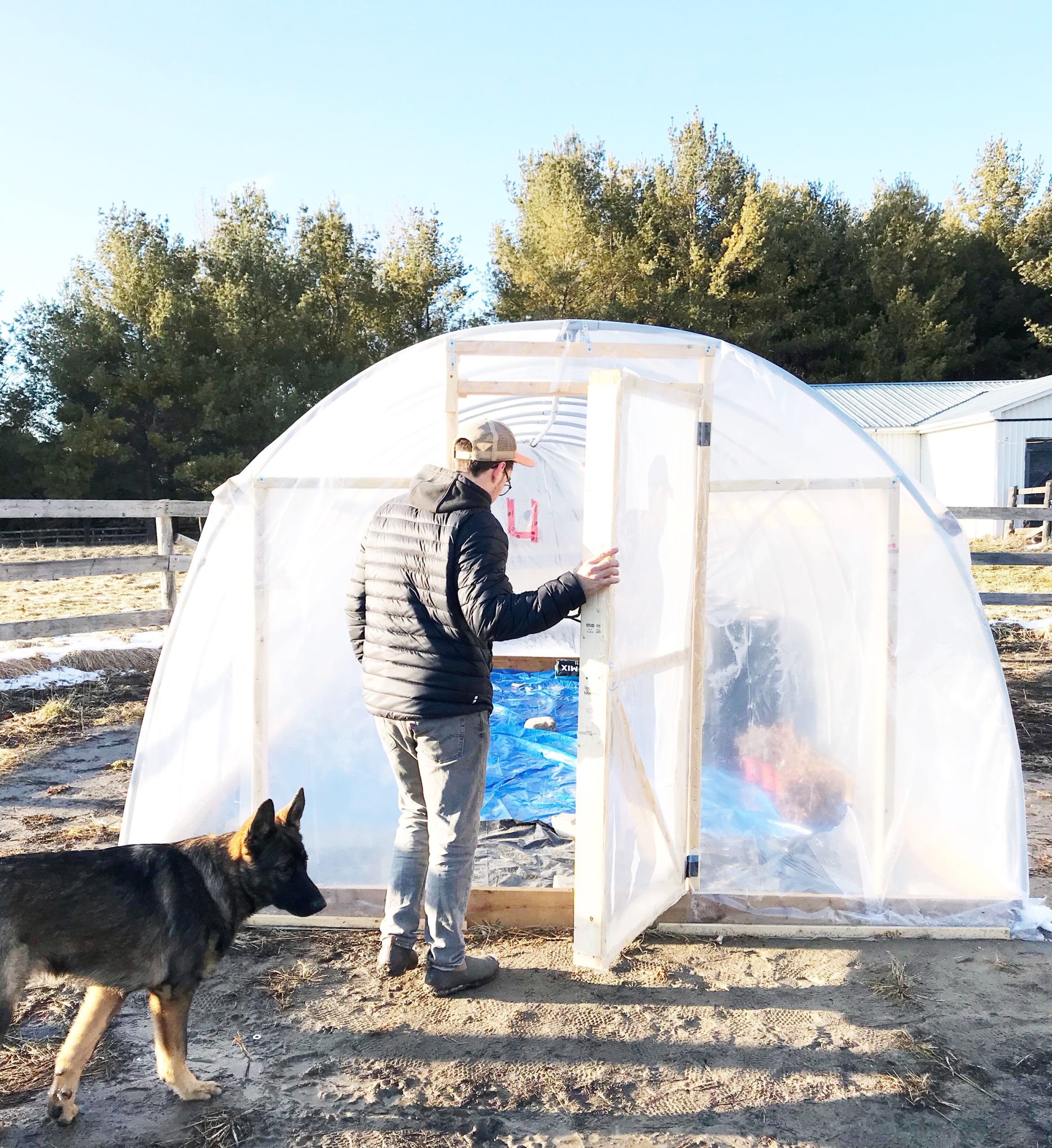
What is a Polytunnel Greenhouse
A polytunnel greenhouse is a greenhouse made of PVC piping and clear poly plastic tarp. It works the same way a normal greenhouse made of glass would, by attracting and trapping the sun. Polytunnels can potentially be moveable and are generally always have a curved roof.
Polytunnel Greenhouse vs. a Glass Greenhouse
Pros include, less expensive, it has the potential to be moveable, it’s quick and easy to build yourself, you could probably get it done in a day or weekend, and its an instant greenhouse. You don’t have to wait for order or delivery.
Cons include it’s not as pretty as a traditional greenhouse, it’s less durable, and it doesn’t retain as much heat – depending on the thickness of the polytarp.
How to Make Your Very Own DIY Polytunnel Greenhouse
Materials you need
- (6) 2 x 6 x 10’ (pressure-treated because it’s going on the base)
- (12) 2 x 4 x 10’ (You might have one leftover, but hey, everyone can use a 2×4 somewhere!!)
- (10) 1 x 2 x 8’
- (20) 10’ long x 3/4” thick PVC Piping
- (18) Rebar 3’ long by 1/4″ or 1/2” thick
- Polytarp minimum 6mm thick or thicker (Ideally, get it 40’ wide by 100’ long so you can use one sheet to cover the entire tunnel, but it’s expensive, so get one that’s at least 10’ wide by 40’ long)
- Staple gun staples 3/4” long
- 1’ long zip ties
- 3” deck screws
- (20) Carriage bolts (3” long by 1/8” thick) with a set of washers and nuts
- Galvanized strapping (3/4″ x 25′ x 24 Ga.)
- Conduit fittings/straps 1″ (40 pack)
- Clear, outdoor Tuck Tape
- Door hinges 4” long and handle of choice
- PVC cement (glue)
Tools you Need
- Circular saw
- Nailer 16 or 18 gage
- Drill/impact driver
- Staple gun
- Speed square
- Sledgehammer
- Measuring tape
Step 1
We decided to make our diy polytunnel greenhouse 10’ x 20’. Layout your base 2x6x10’s in the size of your greenhouse. Make sure each corner is square with a framing or speed square.
Screw together base on each corner. You can also add interior brackets on each corner, but it’s very strong with the rebar. Then, connect the 2 pieces of 2×6’s with a piece of extra 2×4.


Step 2
Hammer down the rebar. We used 3’ long rebar, keep 16” out of the ground. Space them evenly, we did ours at 2.5’
Step 3
Attach the two half’s of your PVC pipe with the PVC cement and let dry. Attach one normal end into the bell end. Then put them into the rebar on each side.
Step 4
Screw-in your conduit fittings/straps to ensure PVC pipe does not move. Zip tie your longest PVC pipe to the top of all the curved pipes – make sure it’s straight.



Step 5
Frame your door. The width on the other side of the door is 25″ and the height of the support piece is 60″. Attach to the base.
Step 6
Attach door frame to PVC pipes with galvanized strapping and screws. This is just for added security.


Step 7
Optional – Additional 2×4’s on the side for strength. We put up the 2×4;s on the side because, we’re on a hill that’s super windy, we get lots of winter snow, and we couldn’t find a tar that was long enough to fit the whole tunnel, so adding the additional 2×4’s gives something for the tarp to secure too. Attach your 2×4’s using carriage bolts. Drill through wood and pipe and pop through bolt with nut, and washer. TIP: Be sure to bend the PVC pipe down to decrease tension, or the PVC might crack. You can also measure the height you want the 2×4’s to be, and drill the hole before you put each side into the rebar. Drilling it flat will be much easier and won’t cause it to crack. Then screw in a 2×4 to connect each side of the wood.


Step 8
Put the polytarp on! We stapled it temporarily to the middle and the bottom. Be sure to leave enough extra length on each side to cover the ends. Do this on each side. Put it on the top in the same fashion and staple temporarily. Then staple, fold and tape each end so it’s fully secure.


Step 9
Cut strapping (1×2’s) to the size of tarp between the rebar and nail it in, to replace the staples and fully secure the tarp. Be sure to pull and tighten before nailing it in. Do this on each side on the bottom and top.

Step 10
Make your door (ours is 32″ wide) and staple more polytarp on. Attach using hinges and add handles at this point if you want. Make sure everything is secure. And add door stops if needed.

What to Grow in Your Polytunnel Greenhouse
So I’ll admit, I got a little too excited and put my seedlings in here prematurely, it was super hot during the day, so I figured it would keep the heat at night enough to keep my babies warm – WRONG. They died. So now I have learnt my lesson. You need to heat your greenhouse if you want to put seedlings in there this time of year.
But for cool-loving veggies, it’s perfect for it. You can plant a whole bunch of greens outside this time of year, and the greenhouse gives it a little bit of protection. Green such as minutina, mustard greens, lettuce, mache, mizuna, pak choi, arugula, and claytonia. I am planning to write another post on these greens next week, so I will keep you updated.
Also, in the summer you can plant heat-loving crops like tomatoes, eggplant or peppers, they will love the extra heat. And in the winter, more cold-tolerant veggies will grow happily, as it acts as the perfect cover.

How to Heat Your Polytunnel Greenhouse
Heating will be necessary if you want to put your seedlings inside. I’ve done some research and this is what I’ve found. I personally have tried the 55-gallon black barrel filled with water method and it’s still not enough to keep them in there in the evenings/overnight. But maybe when we have super sunny days that will change, our weather has been crazy dark, windy and snowy. You could also try:
- Heat lamps
Similar to what you would use in a chicken brooder you can strap these on to a piece of wood and heat you polytunnel! Depending on how big your greenhouse is, you might want to use 2 or 3. - Compost pile
This is an old method I guess. Just the science behind a hot pile of compost collecting sunlight all day, and then releasing it in the night. It’s similar to the barrel method. - Candles and terracotta pots
I think this method is the winner! My insta friend, Mother of the Year Adventures does this effectively in her greenhouse. She keeps her seedlings in there now! If you watch her latest story she runs you through a tour and how she does it. In short, it’s simply an emergency candle that is put under a terracotta pot, with the lid on, and then a larger terracotta pot is placed on that, with no lid. It acts as a little radiator. I think I am going to try this method now.
If you have any questions on how we built it, what to grow, or if I missed anything, please leave a comment!
-Abbagail

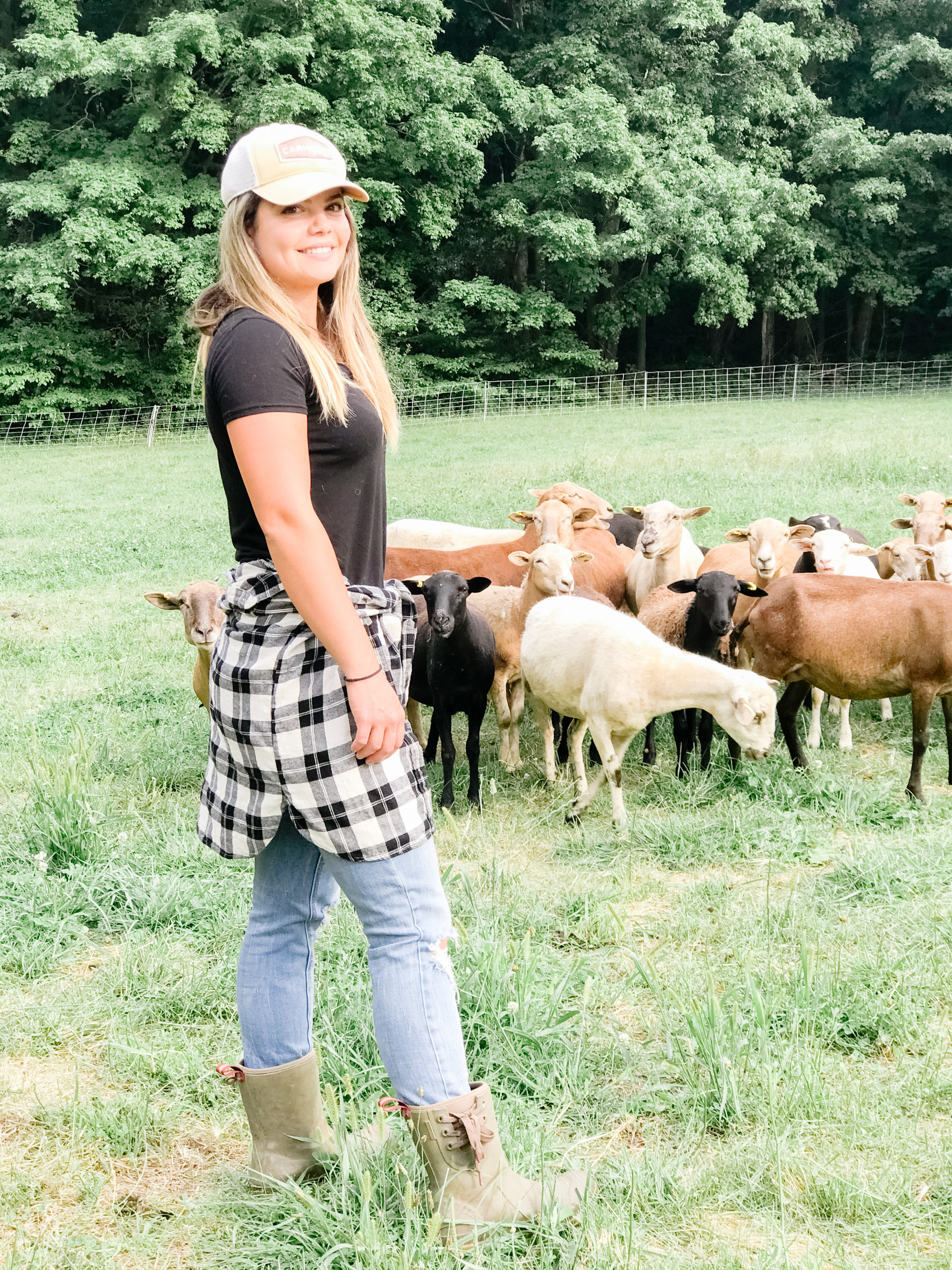
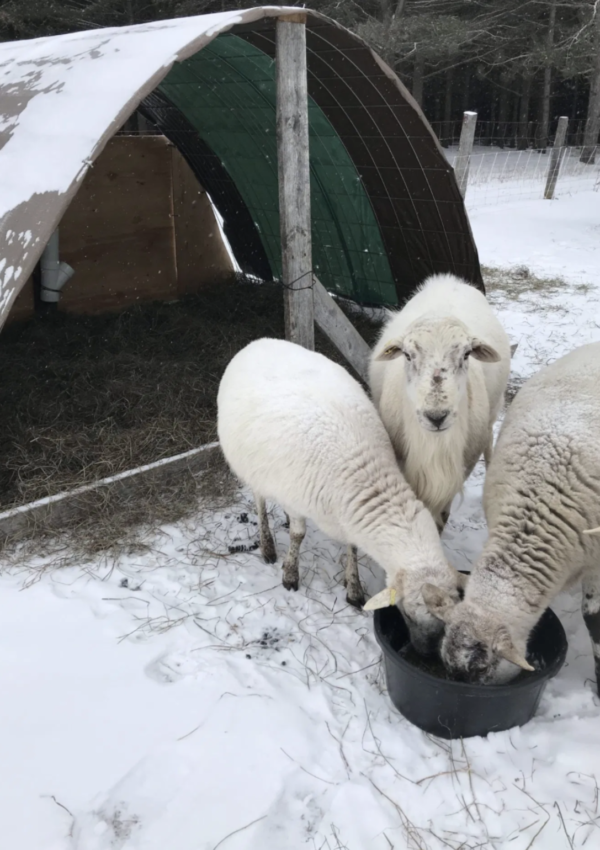

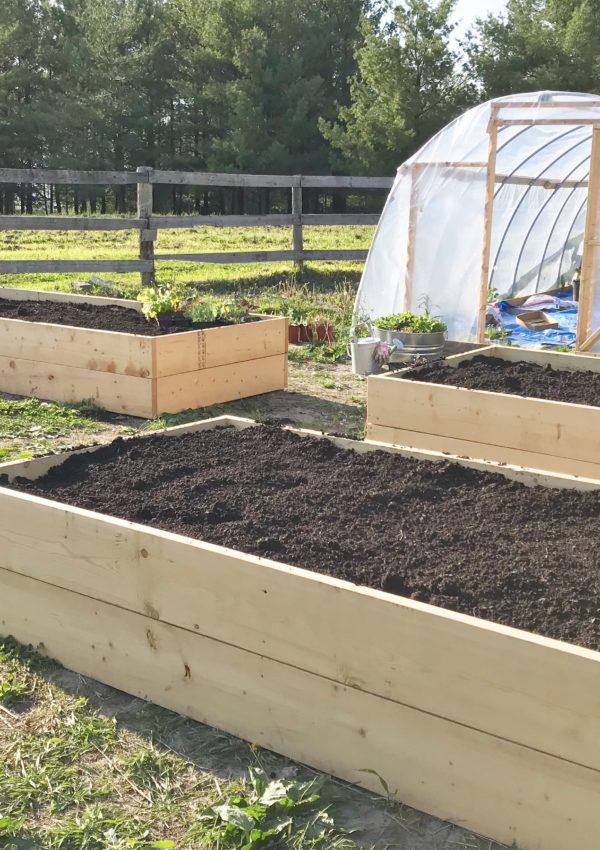


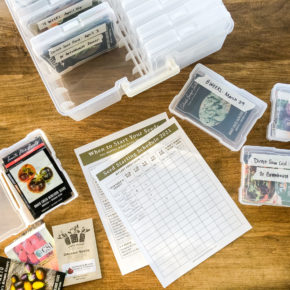
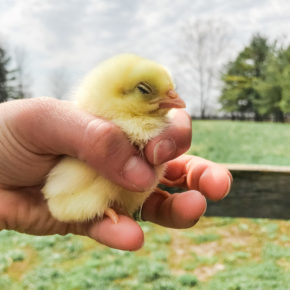
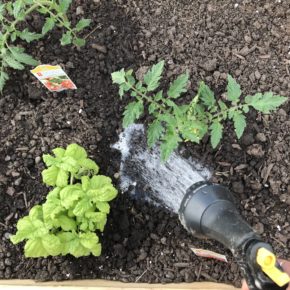

Leave a Reply